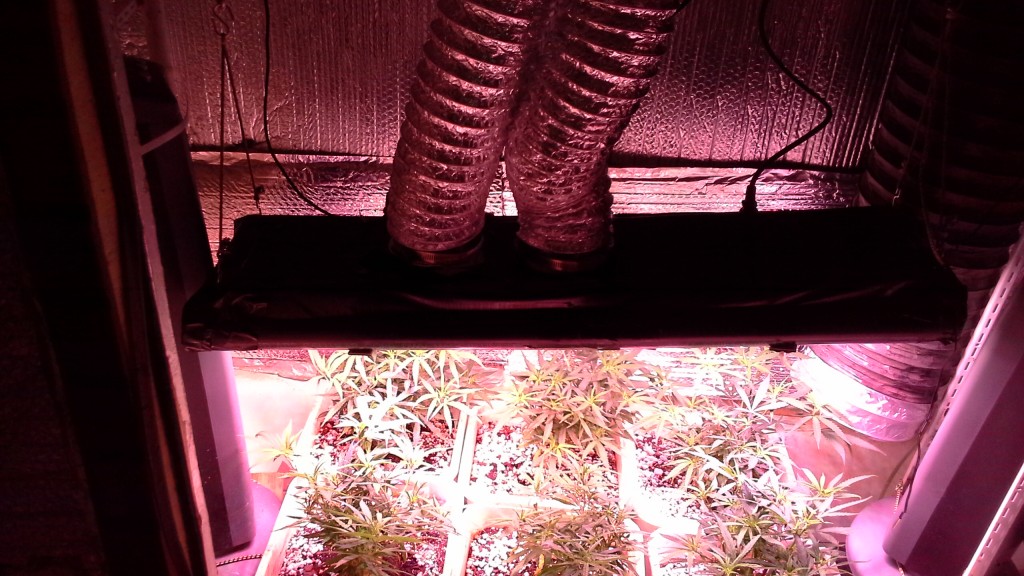poly
New Member
These are some good questions Fuzzy Duck! And i think you are right, we aren't getting the bang for the bucks.
But that is mainly because the technology is not new, but the way it is used is new.
I really have a deja vu when it comes to LED Grow Lights. I reminds me of Computers ten or twenty years ago.
Yeah, the pc did what it was supposed to, but i generated a hell of heat, was loud as a jet and to top that it was frickin expensive.
And the People who spent all those bucks lets say 10 or 20 years ago are the people who invested so these little machines could be as good as they are now.
We are early adopters, and early adopters always pay the price. And when i say that i dont think that all those LED Panels are really that expensive, the manufacters are getting also their money ..
What we should not forget is that the Market is pretty small so until that changes or somebody who has no interest in making money comes along we just have to wait.
LED Panels have so many parts to improve, its not alone cooling which could be improved (pull, not push airflow, watercooling on large panels, using the chassis as a big passiv heatsink, and so on...).
The only thing i can imagine is some kind of "community edition", where a LED manufactor works together with people who have the knowledge to improve things in a good way. But that will not necessarily make the panel cheaper


But that is mainly because the technology is not new, but the way it is used is new.
I really have a deja vu when it comes to LED Grow Lights. I reminds me of Computers ten or twenty years ago.
Yeah, the pc did what it was supposed to, but i generated a hell of heat, was loud as a jet and to top that it was frickin expensive.
And the People who spent all those bucks lets say 10 or 20 years ago are the people who invested so these little machines could be as good as they are now.
We are early adopters, and early adopters always pay the price. And when i say that i dont think that all those LED Panels are really that expensive, the manufacters are getting also their money ..
What we should not forget is that the Market is pretty small so until that changes or somebody who has no interest in making money comes along we just have to wait.
LED Panels have so many parts to improve, its not alone cooling which could be improved (pull, not push airflow, watercooling on large panels, using the chassis as a big passiv heatsink, and so on...).
The only thing i can imagine is some kind of "community edition", where a LED manufactor works together with people who have the knowledge to improve things in a good way. But that will not necessarily make the panel cheaper







